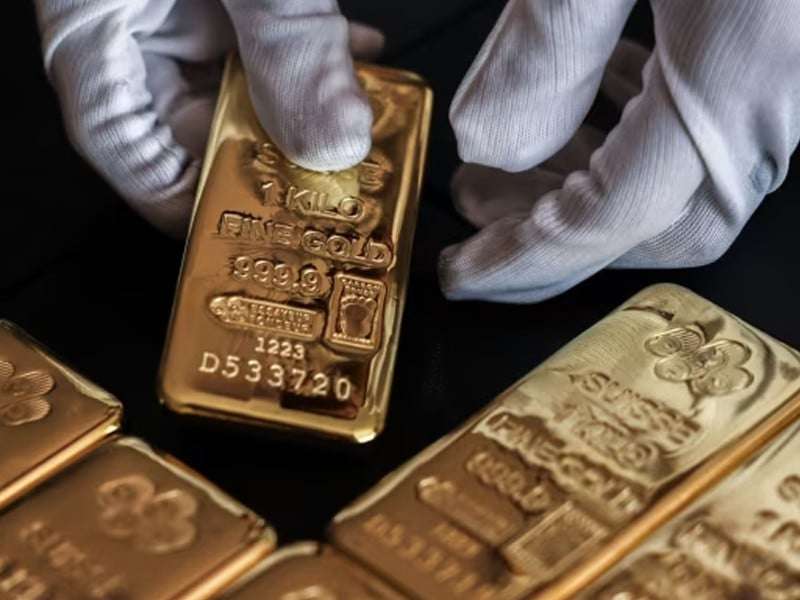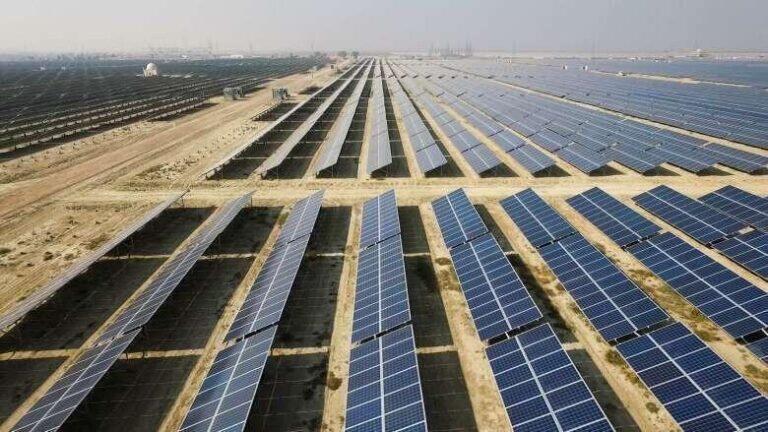
|
Getting your Trinity Audio player ready...
|
Introduction
The financial markets recently witnessed a significant shift as gold prices rebounded after a two-day decline. This resurgence in gold prices occurred simultaneously in both global and local markets, showcasing the interconnected nature of international financial trends. This article delves into the details of this price rebound, explores the factors behind the change, and examines its implications for investors and the broader economy. Despite the fluctuation in gold prices, silver prices remained steady, highlighting the nuanced dynamics of precious metal markets.
The Rebound in Gold Prices
Global Market Trends
Gold Prices Increase Globally
After experiencing a drop over two consecutive days, gold prices have risen again in the global markets. The price per ounce of gold saw a substantial increase of $16, bringing the new price to $2,647. This increase marks a significant turnaround from the previous decline, offering a positive outlook for investors who had been concerned about the downward trend.
Local Market Reactions
Local Bullion Markets Follow Suit
Reflecting the global market trends, local bullion markets also saw an increase in gold prices. In the local markets, the price of 24-carat gold per tola increased by Rs 1,600, reaching Rs 275,900. Similarly, the price for 10 grams of gold rose by Rs 1,372, settling at Rs 236,540. These changes indicate a robust response to the global price adjustments and underscore the interconnectedness of local and international markets.
Detailed Analysis of the Price Increase
Factors Influencing the Rebound
Economic Indicators and Market Sentiment
Several factors contributed to the rebound in gold prices. Economic indicators, such as changes in the US Dollar exchange rate and stock market performances, played a crucial role. Additionally, investor sentiment, influenced by political and economic developments, also significantly impacted the prices.
Silver Prices Remain Unchanged
Stability in Silver Markets
Interestingly, despite the rise in gold prices, silver prices remained unchanged. The price of silver per tola held steady at Rs 3,400, and the price for 10 grams of silver remained at Rs 2,914.95. This stability in silver prices amidst fluctuating gold prices highlights the distinct factors that drive different segments of the precious metals market.
Comparative Analysis: Previous Decline vs. Current Rebound
Recent Trends and Historical Context
Understanding the Previous Decline
Just a day prior, gold prices had seen a significant drop. The price of 24-karat gold decreased by Rs 4,100 per tola, settling at Rs 274,300, while the price for 10 grams of gold fell by Rs 3,515, closing at Rs 235,168. On the international front, gold prices dropped by $41 per ounce, bringing it to $2,631. These declines were influenced by various global economic factors, including market speculation and changes in investor confidence.
The Role of Exchange Rates
Impact of the US Dollar Exchange Rate
The exchange rate for the US Dollar also saw a marginal increase, contributing to the changes in gold prices. The selling rate for the US Dollar rose to Rs 278.25, and the buying rate increased to Rs 277.75, marking a 10 paisa increase from the previous rates. This adjustment in exchange rates is a critical factor influencing gold prices, as fluctuations in currency values can affect the purchasing power and investment strategies of market participants.
Broader Market Implications
Stock Market Reactions
Pakistan Stock Exchange (PSX) Rally
The Pakistan Stock Exchange (PSX) witnessed a strong rally, driven by easing political tensions in the capital. The PTI’s decision to suspend its three-day protest in Islamabad significantly boosted investor sentiment, leading to a sharp increase in market activity. The benchmark KSE-100 Index surged by 3,740.84 points, or 3.96%, closing at 98,315.19 points after hitting an intra-day high.
Investor Sentiment and Market Activity
Impact on Investor Strategies
The easing of political tensions and the subsequent stock market rally reflect the broader economic environment’s impact on investor sentiment. As gold prices rebounded, investors reassessed their strategies, balancing their portfolios between equities and precious metals. The interplay between political developments and market responses underscores the importance of external factors in shaping financial markets.
Conclusion
Summary of Key Insights
The recent rebound in gold prices after a two-day decline highlights the dynamic nature of financial markets. The interplay between global trends, local market reactions, and broader economic indicators has significantly influenced gold and silver prices. While gold prices have shown volatility, the stability in silver prices offers a contrasting perspective on the precious metals market. As investors navigate these fluctuations, understanding the underlying factors driving these changes is crucial for making informed investment decisions.
FAQs
1. Why did gold prices increase after two days of decline?
Gold prices rebounded due to a combination of factors, including changes in the US Dollar exchange rate, improved investor sentiment, and easing political tensions in local markets. These elements collectively influenced the demand and pricing of gold.
2. How does the exchange rate affect gold prices?
Fluctuations in the exchange rate impact gold prices by altering the purchasing power of investors. A stronger US Dollar can make gold more expensive for foreign buyers, while a weaker Dollar can increase demand and drive up prices.
3. Why did silver prices remain unchanged despite the rise in gold prices?
Silver prices remained stable due to distinct market dynamics and factors affecting the silver market differently from gold. Investor demand, industrial uses, and market speculation play unique roles in determining silver prices.
4. What is the significance of the KSE-100 Index rally?
The KSE-100 Index rally indicates improved investor confidence and market stability. The easing of political tensions and suspension of protests in Islamabad boosted market activity, leading to a significant surge in the stock index.
5. How should investors approach the current market conditions?
Investors should stay informed about global and local economic indicators, monitor political developments, and adjust their portfolios accordingly. Diversifying investments between equities and precious metals can help mitigate risks and capitalize on market opportunities.





